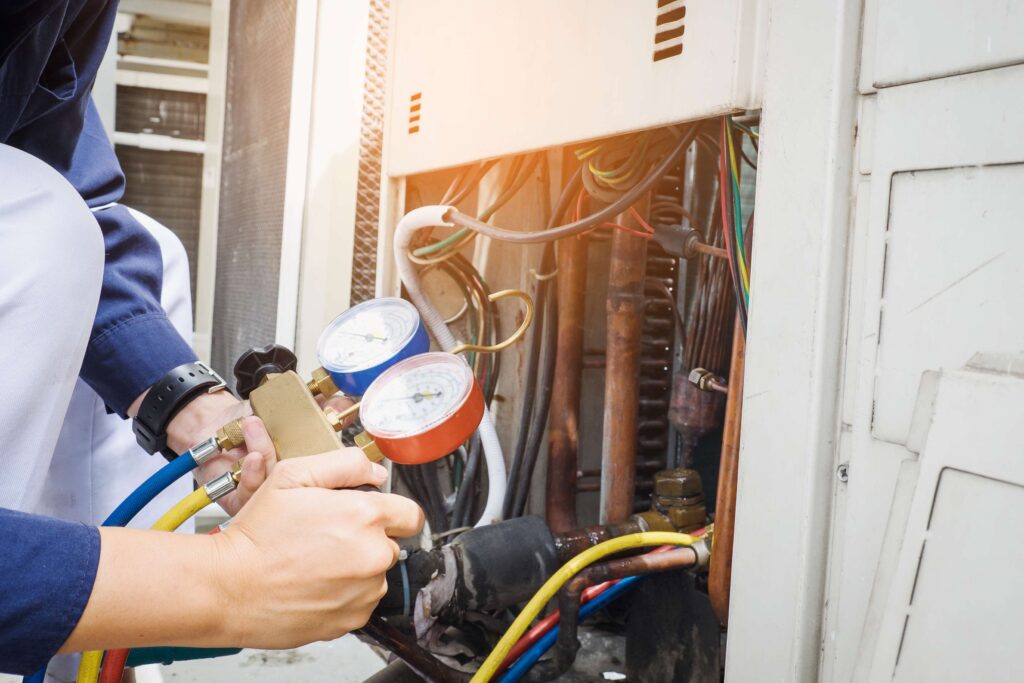HVAC Maintenance Plans
Investing in a maintenance plan will help to ensure that your HVAC system receives regular preventive maintenance. Like any piece of machinery, heating and air units need to be maintained. A large percentage of failures are a result of an accumulation of dust, dirt, and other debris that occurs during the normal operation of your heating and air system. As a homeowner you can help with the maintenance.
Things you can do:
Check that the area around the visible indoor and outdoor components of your HVAC system are free of debris, including boxes, grass, leaves, and furniture. Make sure furniture placement does not impede airflow. Ensure that there is two feet of cleared space around all HVAC system components. If you haven’t already, buy high-efficiency air filters so that you have them ready to go. If you don’t have a high-efficiency filter in place already, swap one in.

Some things are better left to HVAC professionals. Our maintenance plans include the following:
Spring/Summer Maintenance Checklist:
- Clean evaporator coils and condensers
- Clear clogs and clean drain lines to ensure proper flow
- Remove any standing water from drain pans to avoid overflows
- Replace worn pulleys and belts
- Inspect ducts for dust, mold or debris
- Check the refrigerant charge and for any possible leaks
- Check thermostats and their controls to ensure they are correctly set
- If necessary, change batteries
- Check all connections and the electrical system
- Make sure the fan motor is operating correctly
- Inspect the blowers and blades to maintain proper airflow
- Lubricate any moving parts
- Check the HVAC cabinet for leaks
- Make sure the HVAC cabinet door is securely closed
- Remove any debris from around the unit if it is outdoors
Fall/Winter Maintenance Checklist:
- Check the ignition burner assembly
- Carefully inspect heating elements or heat exchanger (If these get damaged, they could lead to problems with carbon monoxide.)
- Inspect the flue system and make sure it is securely attached to the furnace
- Gas furnace- the technician will check for gas leaks
- Check for gas pressure
- Replace frayed belts and pulleys
- Clear drain lines and pans of standing water to prevent overflows
- Check wiring and electrical connections
- Lubricate all moving parts such as bearings and motors
- Check thermostats and controls to ensure they are set at the right temperatures
- Check the heat pump